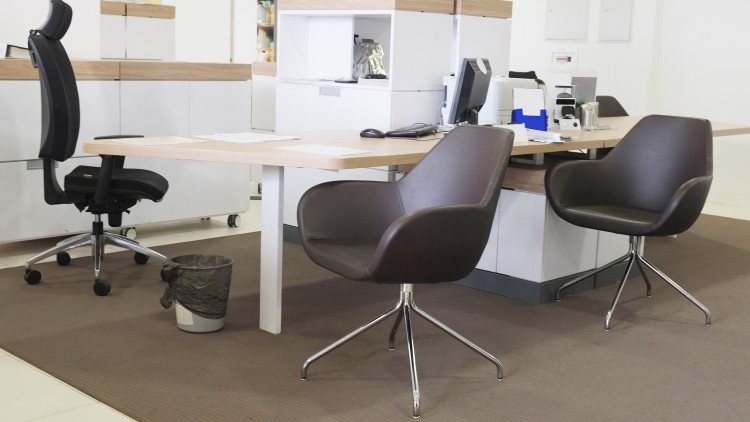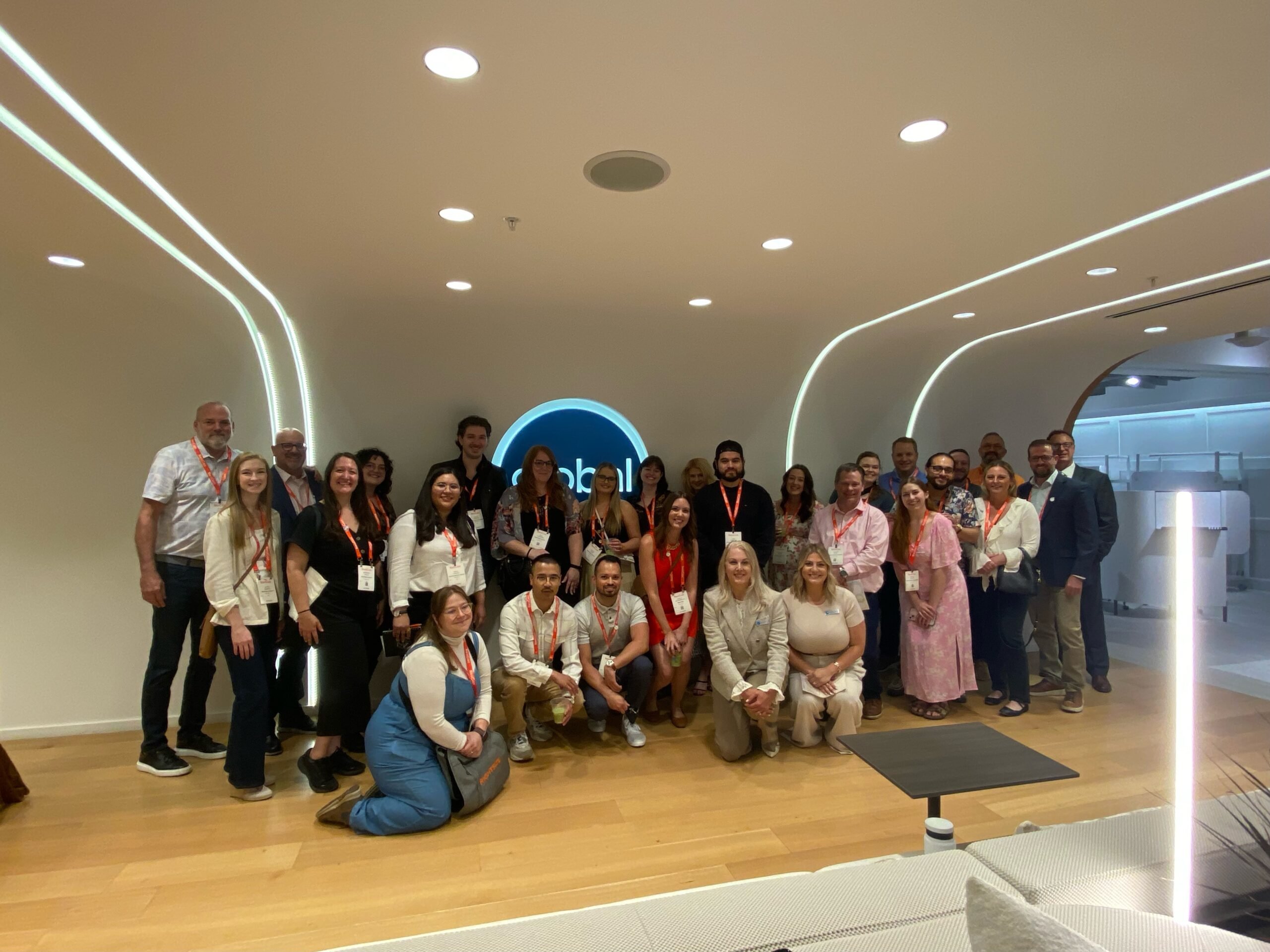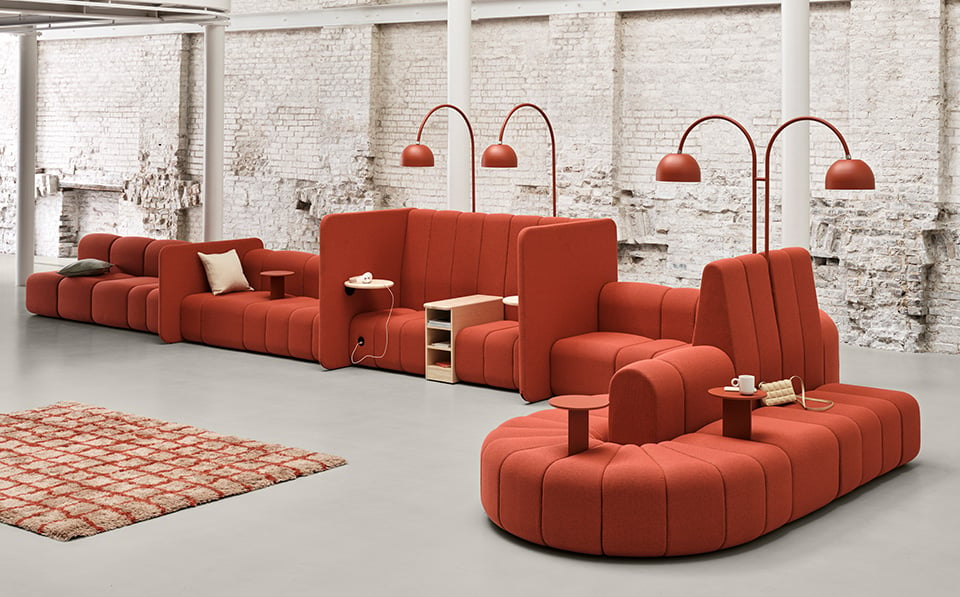Activity-based working (or ABW, for those in the know) is a workplace philosophy that influences how offices are planned, and how employees do their jobs. It’s often confused with other modern office trends, such as remote or mobile workplaces; while it does share some similar ideas, it’s a separate concept.
The Basics of ABW
Activity-based working is a term coined by Erik Veldhoen, a Dutch consultant and author of the 1994 book, The Demise of the Office.
The driving principle is that an office should be flexible enough to adapt to the diverse tasks employees perform. In a traditional office, employees are assigned to a single workstation, where they work all day. In an activity based workplace, however, employees move around to different areas depending on what they’re doing. Flexibility and autonomy are built into the company’s physical office – through furniture and workspaces – as well as its culture.
For instance, an employee starts the morning in a private booth to make phone calls, and work on a report that requires concentration. Then she joins a brainstorm session in the coffee bar with her project team, and they all move to a conference room to rehearse a client meeting they have the following day. She has no fixed desk of designated work area, just a laptop and other mobile devices connected to the company network. She’s free to move around to create the best circumstances for each activity.
In today’s society, where a surge in remote work has completely shifted the business landscape, ABW is more relevant than ever. Because an increased number of companies now rely on hybrid office schedules rather than having all workers at the office all the time, ABW has a lot of appeal. It provides employees with the flexibility, autonomy and adaptability to become more efficient and productive. It gives businesses a way to make the most of their square footage — or even shift to a smaller space.
For companies where all employees aren’t present at the same time each day, there’s the potential for wasted space and empty desks; ABW solves this issue, by using spaces for specific activities and tasks, rather than individuals. Through flexible, adaptive work environments, employees have facilities suited to their needs, rather than trying to suit their needs to a static work environment. In ABW, workers tend to be more engaged, picking their environments. Likewise, ABW can allow for setups that create proper distancing from other employees.
Challenges of ABW
Despite the many activity-based working benefits, ABW isn’t the right fit for every company. For example, employees who need specialized tools or specific workstations, such as architects, designers, or manufacturers, ABW is not appropriate. For companies that do try ABW, buy-in from all employees is essential. It requires trust and responsibility, as well as the IT capabilities to support mobile working. Activity-based working can be a difficult adjustment for managers to track their team’s progress when they’re not co-located for at least part of the day. Some employees also like the order, stability and personalization of having their own permanent desk.
Benefits of ABW
Activity-based working offers the potential to create a more dynamic and efficient workplace. Employees are given complete ownership over their work environment. They’re empowered to find the best places to work for each of their tasks, balancing collaboration and independent activities as they choose. Companies that use ABW will attract employees who share the same vision and values, building employee engagement, increasing productivity, and reducing turnover.
Is activity based working the right fit for your company? Partner with Rightsize to PLAN your office and find out today.





